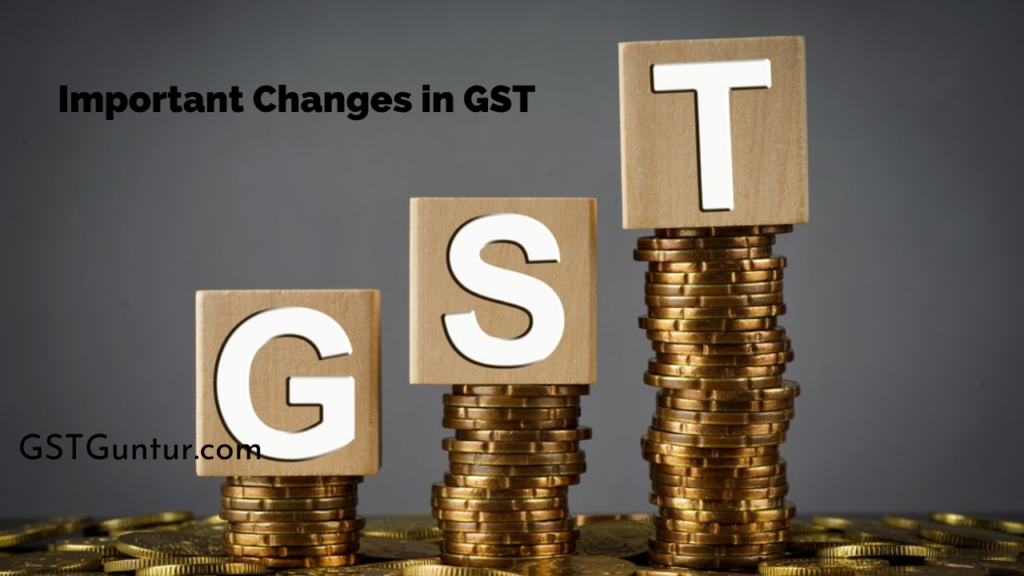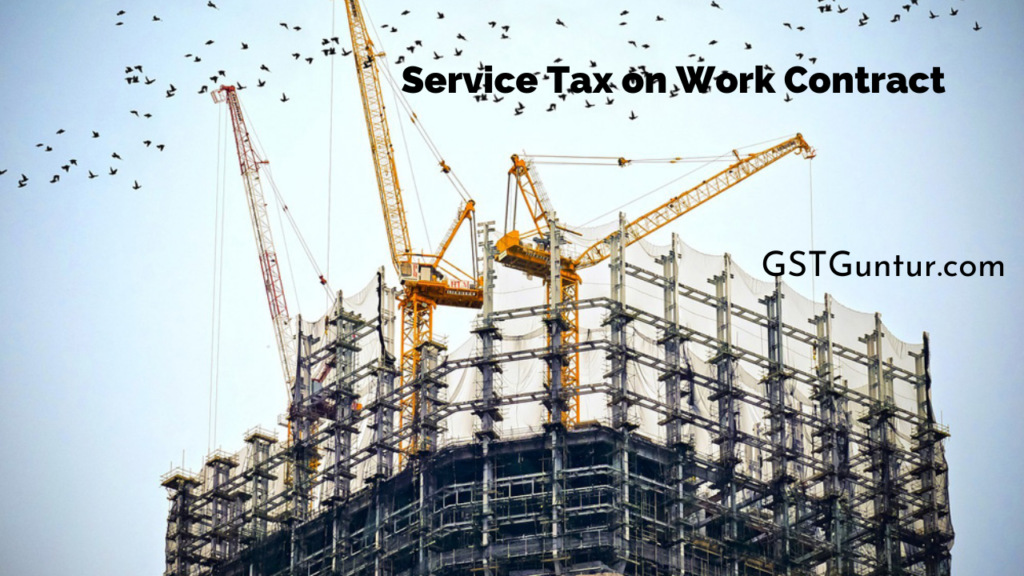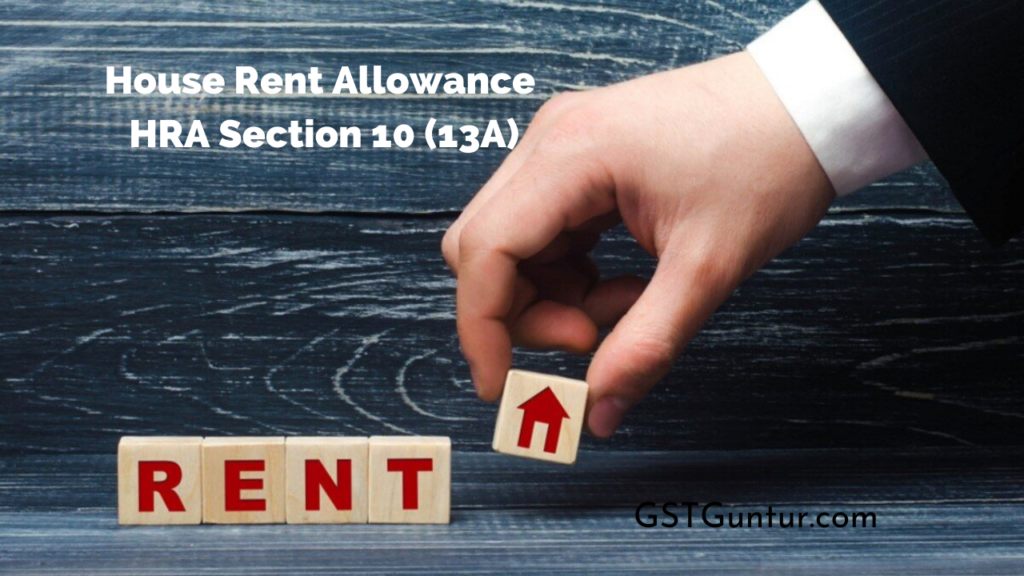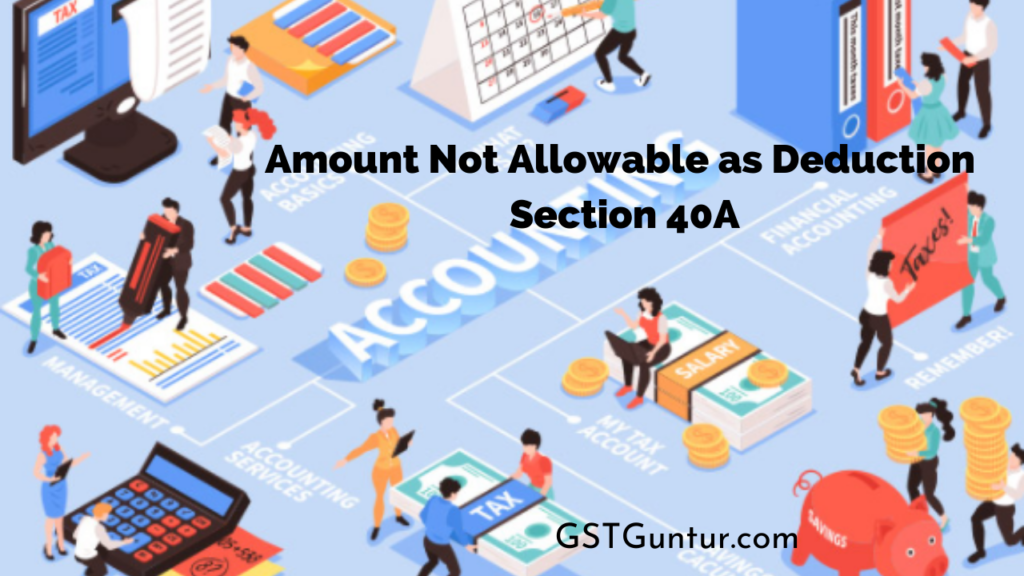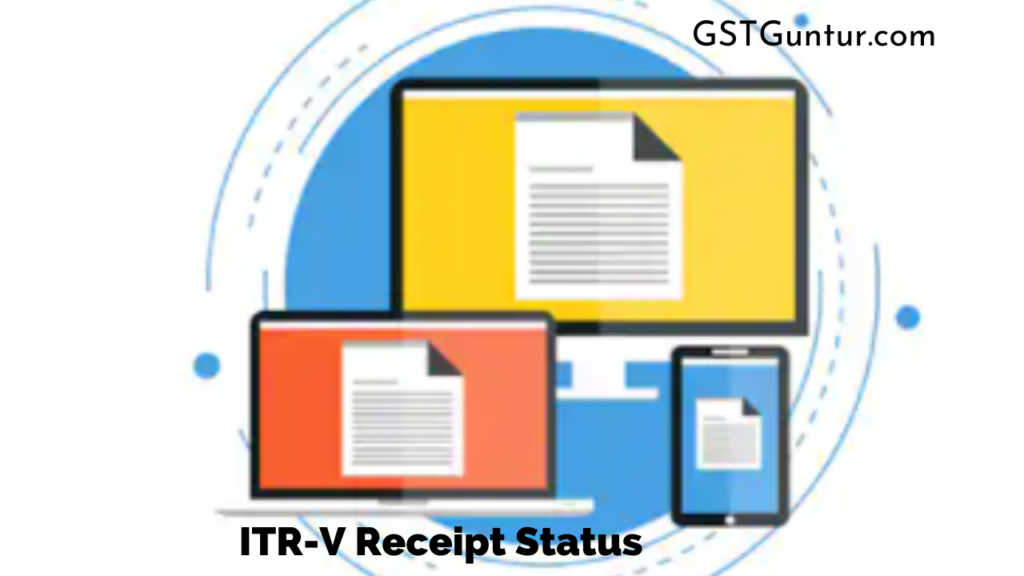Taxability of Salary and Other Income for Seafarers: Under Section 5(2), the total income (includes all the revenues from whatever sources) of any financial year of a non-residential:-
- Revenue is earned or expect to be welcomed in India or arise in India during such a financial year.
- Total income gathered or generated or is deemed to accrue in India during a financial year.
The income gathered or generated outside India is not considered to be received in India within the meaning of Section by the reason only because it considers the balance sheet prepared in India.
To get the doubts cleared, the person should have to declare that the income which has been included in the total income is on the basis that it is accumulated or arisen or is deemed to have accumulate or arisen to him shall not again be so included based on that he receives it inside India.
CBDT Clarification Issued
CBDT stands for Central Board of Tax. The Central Board of Tax issues a Clarificationthat a salary gained to a non-resident seafarer for services rendered outside India on a foreign ship will not be included in the total income. The same is because the salary credited is in the NRE account, which is maintained with an Indian Bank by the seafarer.
Central Board of Tax issue this circular under Circular No. 13/2017 on 11th April 2017.
Central Board of Tax clarifies further that Section 5(2)(a) provides only for those such incomes of non-resident that are not received or deemed to be received in India. The salary credited to their NRE accounts is just a remittance to the Indian Banks account, so it would not be considered under Section 5(2)(a).
There are few conditions that have to meet for the salary received in the total income of the seafarer to include in Section 5(2)(a):-
- The taxpayer must have a seafarer.
- Taxpayer’s service rendered outside India.
- Foreign Ship
- The amount must be credited to the NRE Bank Account.
If the taxpayer receives a salary from an Indian flagship or directly to their NRO bank account, then, in this case, they do not mean to free from paying the tax. They have to pay the tax for such cases as per the circulation. So it is highly advised to get your salary credited to your NRE bank account to safeguard yourself from any further appeals or proceedings.
The Circulation No.13/2017 is just a clarification circular from the Central Board of Tax on the application made by Indian’s leading merchant navy union (MUI and NUSI) against the decision passed in the “Tapas Bandopadhyay case” in August 2016 by the Kolkata Income Tax Tribunal mandating Indian merchant navy workforce to pay tax in India.
What is Taxability for Other Income?
If you accrue or raise any other income inside India, that income is taxable under Section 5(2)(a). Additional income gained from capital gains, interest paid by banks, investment, property, commissions, dividends, etc., are taxable, and these are required to report at the time of filing your Income Tax Return.
NOTE: If you earn interest on your NRE Bank Account or term, then that income will be exempted from the tax under Section 10(4)(ii).
FAQ’s on Taxability of Salary and Other Income for Seafarers
Question 1.
What if you have completed your non-resident status, but your salary is crediting to your NRO bank account? Do you need to pay the tax?
Answer:
No, you do not have to pay the tax to the Indian government. Your salary is non-taxable. But it is highly recommended to change your bank account from NRO to an NRE bank account only to avoid any further appeals or proceedings.
Question 2.
What if you have completed your non-resident status, but your company deducts your TDS (Tax Deducted at Source), which is an Indian company. Do you need to pay the tax?
Answer:
No, you do not have to pay the tax to the Indian government. Your salary is non-taxable. You need to file your ITR (Income Tax Return) so that you can claim your TDS amount back to your account as a refund from Income Tax Department.
Question 3.
What if you have completed your non-resident status, and you have taken some amount of money (as cash) in India at the time of sign-off from the ship. Do you need to pay the tax?
Answer:
No, you do not have to pay the tax to the Indian government. Your money as a part of your salary is non-taxable. But you need to convert them into Indian National Rupees and deposit that money in your NRE bank account.
Question 4.
What if you have completed your non-resident status, but I’m receiving 600000 per year for renting my house situated in Delhi, India. Do I need to pay the tax on that income?
Answer:
Yes, you need to pay the tax on your income through renting. All the income coming from the renting services of houses, villas, etc., situated in India is taxable for all the people, whether they are residents or non-resident. So in such a case, you are required to file your return and pay the taxes (if applicable) on the income earned from the rent of your house.
Question 5.
What if you have completed your non-resident status, but my NRO bank account is deducting my TDS on the earned interest. Do I need to pay the tax for that earned interest?
Answer:
Yes, you have to pay the tax on the interest earned from the NRO bank account because it is considered Indian income and liable to tax in India. You can file your return and get your refund from the Income Tax Department of your deducted TDS from the NRO bank account.
If you earned interest from an NRE bank account, then that interest is exempted from the taxability under Section 10(4)(ii), and you do not need to pay any TAX, and the bank will not deduct your TDS.
Question 6.
The tax-free income is 250000, and what if you earned 100000 rupees from the stock market, mutual funds, and shares in the last financial year. Do you need to pay the tax?
Answer:
Yes, you have to pay the tax as it comes under the capital gain, and capital gains are taxable at a flat rate. You are not allowed any exemption from tax as a non-resident.
Question 7.
What if you have completed your non-resident status and getting credit on my PPF. Do I need to pay the tax on my earned PPF interest?
Answer:
First of all, a non-resident can not open an account in PPF. However, if you already have a PPF account opened before becoming a non-resident, you can continue such an account for 15 years from the opening date. And the interest earned from the PPF account is exempt from the tax under Section 10(11) of the Income Tax Act. But the amount which is deposited in the PPF account has to qualify for the deduction under Section 80 C of the Income Tax Act.
